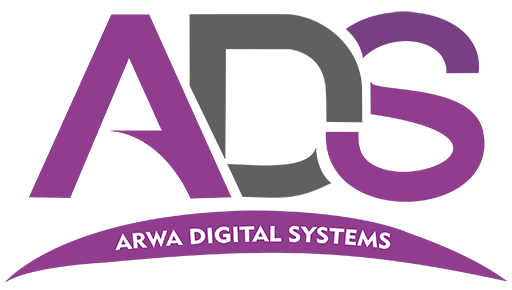Wellbeing Level Seven (HL7®) is a norm for trading data between clinical data frameworks. It is broadly conveyed and covers the trading of data in a few useful spaces. It is vital and essential to accomplish interoperability in medical care. HL7 capabilities are required by all experts contacting data innovation in medical care. Notwithstanding, learning the standard has forever been long and troublesome because of its huge broadness as well as to enormous and complex documentation. In this paper, we portray an inventive dynamic gaining approach in light of tackling issues from truly clinical situations to get familiar with the HL7 standard, rapidly. We present the clinical situations used to accomplish learning. For every situation, we portray and talk about the learning targets, clinical issue, clinical information, framework prologue to the norm, programming utilized, and the work expected from the understudies. We present and talk about the outcomes got by carrying out the proposed approach during a few semesters as a component of an alumni course. Our proposed technique has demonstrated that HL7 can be advanced rapidly. We were fruitful in empowering understudies of various foundations to acquire certainty and get to know a mind boggling medical care standard without the requirement for any product advancement ability. Health Level 7
Catchphrases: Active learning, Healthcare, Medical informatics, HL7 standard, Problem based, Learning, Interoperability
Go to:
Presentation
The Health Level Seven (HL7®)1 standard is vital to accomplish interoperability in medical care. It is broadly utilized for conveying clinical data between different data frameworks [1]; it is accordingly a foundation to carry out the Electronic Health Record (EHR). EHR further develops medical services choices by permitting admittance to the patient’s pertinent clinical data at the dynamic point. EHR is a dispersed framework that outcomes from the associations and collaboration of different autonomous data frameworks to accomplish a particular medical services process. Thusly, sending EHR requires the fruitful trade of data between a few frameworks. Without HL7, there is no interoperability and no EHR Health Level 7.
Despite the fact that HL7 is significant for accomplishing EHR, learning it has been accomplished impromptu, after lengthy openness to interoperability issues, at times joined with particular preparation gave beyond the scholastic construction. By presenting HL7 in an alumni seminar on conveyed frameworks in medical services, we have dealt with a few issues. These issues are the accompanying: (1) the area is multidisciplinary, (2) the broadness of required medical services processes information is enormous, (3) the standard documentation is colossal and formal initial texts are not accessible, (4) the understudies’ experience is very enhanced Health Level 7.
HL7 is at the crossing point of medical services, designing, and Information Technology (IT). It covers practically all utilitarian areas experienced in medical care including patient administration and organization, request the board, and perception announcing. To accomplish interoperability, numerous different guidelines are required. Some are not well defined for medical care, for example, the ones that relate to security or to ordering. Others are intended for medical services like the Digital Imaging and Communication in Medicine (DICOM). This multitude of norms are utilized practically speaking. Their participation is characterized either site-explicitly, or as per formal worldwide reconciliation profiles portrayed by the Integration Healthcare Enterprise (IHE) Health Level 7.
A few adaptations of the HL7 standard exist. HL7 v2 is generally executed and conveyed in pretty much every medical care emergency clinic or facility. HL7 v3 is taken on by numerous states and organizations as a standard expected for EHR and is utilized in a large number of the IHE joining profiles [3]. HL7 has as of late proposed another structure, the Fast Healthcare Interoperability Resources (FHIR®), which consolidates highlights of HL7 v2 and HL7 v3 with the most recent web advances, for example, the Representational State Transfer (REST) design to work with execution. All adaptations exist together and it is normal to have a few variants of the standard sent all the while and collaborating at a similar foundation Health Level 7.
HL7 is required by pretty much every expert engaged with medical services processes. Realizing HL7 is required by engineers not exclusively to plan and carry out interoperable clinical frameworks yet in addition to keep up with them. It is required by clinicians and IT experts to carry out medical services work processes. Heads need HL7 to deal with the buy cycles of such frameworks. Organizations need HL7 to create, test, and send medical care frameworks. It is required by clinics and centers to buy their clinical applications and to oversee and keep up with them. HL7 is additionally required by administrative offices so they can give determinations and guidelines to empower the reconciliation of medical services data at the local and public levels Health Level 7.

This enormous scope of reliance on HL7 is reflected in the understudies’ experience. Their related knowledge and preparing incorporate designing, IT, clinical advancements, science, nursing, and clinical practice. All depend on HL7 to achieve a particular reason whether framework plan or composing a solicitation for procurement. A few understudies have broad programming abilities while others have restricted PC abilities. All have a similar target to accomplish better medical care and dominating HL7 is an unquestionable requirement for every one of them Health Level 7.
We are keen on empowering understudies with enhanced foundations to learn and utilize HL7 rapidly.
The standard documentation is composed to be a finished reference, however not really to be not difficult to peruse or to be utilized for fast learning. The HL7 v3 documentation is organized and built to be primarily explored utilizing a program. The message names as well as the names of different ancient rarities are exceptionally difficult to be recollected by a human. The presence of hyperlinks permits non-successive route; be that as it may, it is exceptionally considered normal to get lost particularly for a fledgling peruser. Different assets and documentations, for example, the preliminary book [4], focus on the data model alongside a few general ideas. They are not exceptionally accommodating for rapidly executing something helpful with the norm, for example, trading data Health Level 7.
Then again, dynamic learning is progressively drawing in interest as it upgrades learning [5]. Among the different dynamic learning procedures [6], issue based learning seems, by all accounts, to be very much adjusted to assist us with accomplishing our instructive objectives in a brief time frame, moderating the troubles examined previously.
In this paper, we portray an issue based methodology to become familiar with the HL7 standard. Following the technique for [7] to direct the plan of the learning exercises, we present and examine the issue definition, and the help gave to the understudies.
In the following area, we present our strategy: issue definition concerning learning targets, clinical situations, and expected fill in as well as assets to help the learning exercises like clinical information, platform documentation to explore the standard message, and approval programming. The product utilized by the understudies was grown explicitly to assist those with no product advancement experience, get acquainted and use HL7 v2 and v3 in a brief time frame. Results from our experience showing the two adaptations of the HL7 standard are introduced and talked about in the “Results” segment. We additionally portray understudies’ inclinations and results Health Level 7.
Go to:
Technique
To begin with, we characterized the issues that empower accomplishing the learning results and draw in the understudies in exercises introducing difficulties from this present reality. We characterized two complex issues explained around clinical situations. The primary situation is taken from a radiology climate and is utilized to learn HL7 v2. The subsequent situation is taken from an EHR climate and is utilized to learn HL7 v3. Notwithstanding the fundamental learning result, which is getting to know the HL7 standard, we explained the issues to accomplish optional bigger goals: (1) presenting interoperability, (2) and getting to know EHR work processes.
Second, we fostered the help material to empower dynamic learning. A few standards have directed this turn of events: (1) the learning goals should be accomplished by understudies with no programming abilities; accordingly, we have fostered a total programming foundation permitting understudies to focus rigorously on information and data. (2) Students’ certainty with respect to the route of the perplexing and huge standard documentation should be expanded; along these lines, we have fostered a platform report portraying how to peruse and explore stringently those pieces of the standard expected to tackle the issues effectively. This is something contrary to how ordinarily HL7 is introduced as we didn’t cover the total information model. (3) Students’ certainty with respect to their capacity to effectively finish the instructive work should be expanded; accordingly, we created approval programming that gave input to understudies and aided them self-evaluate their work.
In the accompanying sub-areas, we present the clinical situations. For every situation, we portray and examine (1) the learning goals, (2) the clinical information gave to the understudies, (3) the framework prologue to the HL7 standard, (4) the work expected from the understudies, and (5) the product that was given to the understudies to assist them with accomplishing their work Health Level 7Health Level 7.
Clinical Scenario: Generating an Order and an Observation Message for an Imaging Acquisition
A common planned radiology picture securing is performed after getting a request from a request placer framework. The request message is a HL7 Order Message (ORM) that conveys the patient socioeconomics and the requesting doctor’s data, as well as data about the imaging methodology to be performed. The ORM is gotten by the Radiology Information System (RIS) that creates a methodology work thing on I


